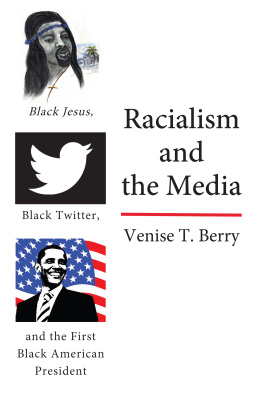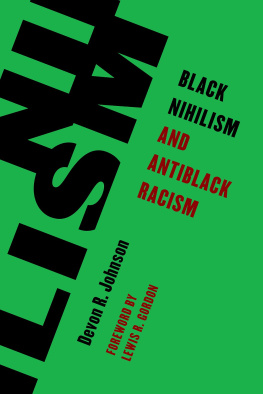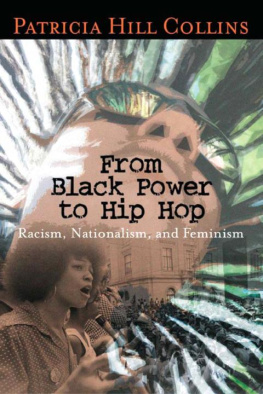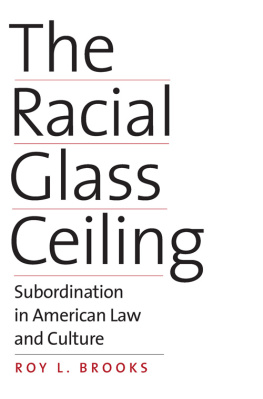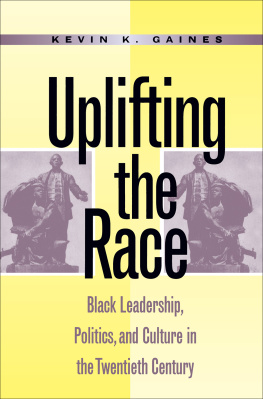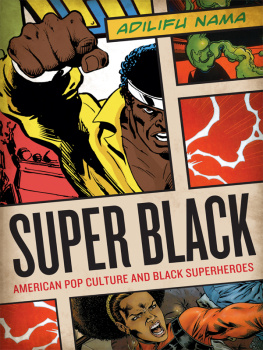
Venise T. Berry
Racialism and the Media
Black Jesus , Black Twitter,
and the First Black
American President

PETER LANG
New York Bern Berlin
Brussels Vienna Oxford Warsaw
Library of Congress Cataloging-in-Publication Data
Names: Berry, Venise T., author.
Title: Racialism and the media: Black Jesus, Black Twitter, and the
first Black American president / Venise T. Berry.
Description: New York: Peter Lang Publishing, 2020.
Series: Black studies and critical thinking, vol. 114 | ISSN 1947-5985
Includes bibliographical references and index.
Identifiers: LCCN 2019033891 | ISBN 978-1-4331-7289-2 (hardback: alk. paper)
ISBN 978-1-4331-7288-5 (paperback: alk. paper) | ISBN 978-1-4331-7290-8 (ebook pdf)
ISBN 978-1-4331-7291-5 (epub) | ISBN 978-1-4331-7292-2 (mobi)
Subjects: LCSH: African Americans and mass media. | Race in mass media. |
Race relations in mass media. | Mass media and race relations
United StatesHistory21st century.
Classification: LCC P94.5.A37 B47 | DDC 305.896/073dc23
LC record available at https://lccn.loc.gov/2019033891
DOI 10.3726/b16689
Bibliographic information published by Die Deutsche Nationalbibliothek .
Die Deutsche Nationalbibliothek lists this publication in the Deutsche
Nationalbibliografie; detailed bibliographic data are available
on the Internet at http://dnb.d-nb.de/.
2020 Venise T. Berry
Peter Lang Publishing, Inc., New York
29 Broadway, 18th floor, New York, NY 10006
www.peterlang.com
All rights reserved.
Reprint or reproduction, even partially, in all forms such as microfilm,
xerography, microfiche, microcard, and offset strictly prohibited.

Rochelle Brock and Cynthia Dillard
Executive Editors
Vol. 114
____________________
The Black Studies and Critical Thinking series
is part of the Peter Lang Education list.
Every volume is peer reviewed and meets
the highest quality standards for content and production.
____________________

PETER LANG
New York Bern Berlin
Brussels Vienna Oxford Warsaw
About the author
Venise T. Berry is an Associate Professor in African American Studies and Journalism at the University of Iowa in Iowa City. Her professional media career began in radio news but has expanded into teaching, media research and criticism, as well as fiction and non-fiction writing. She is published widely in academic circles with numerous journal articles based on her research in the area of media, African Americans and pop culture. To learn more visit: www.veniseberry.com.
About the book
Racialism and Media: Black Jesus, Black Twitter and the First Black American President is an exploration of how the nature of racial ideology has changed in our society. Yes, there are still ugly racists who push uglier racism, but there are also popular constructions of race routinely woven into mediated images and messages. This book examines selected exemplars of racialism moving beyond traditional racism. In the twenty-first century, we need a more nuanced understanding of racial constructions. Denouncing anything and everything problematic as racist or racism simply does not work, especially if we want to move toward a real solution to Americas race problems. Racialism involves images and messages that are produced, distributed, and consumed repetitively and intertextually based on stereotypes, biased framing, and historical myths about African American culture. These images and messages are eventually normalized through the media, ultimately shaping and influencing societal ideology and behavior. Through the lens of critical race theory these chapters examine issues of intersectionality in Crash, changing Black identity in Black-ish, the balancing of stereotypes in prime-time TVs Black male and female roles, the power of Black images and messages in advertising, the cultural wealth offered through the Black Twitter platform, biased media framing of the first Black American president, the satirical parody of Black Jesus, contemporary Zip Coon stereotypes in film, the popularity of ghettofabulous black culture, and, finally, the evolution of black representation in science fiction.
This eBook can be cited
This edition of the eBook can be cited. To enable this we have marked the start and end of a page. In cases where a word straddles a page break, the marker is placed inside the word at exactly the same position as in the physical book. This means that occasionally a word might be bifurcated by this marker.
Table of Contents
This book is the result of twenty-five years of experiencing, teaching, and researching black images and messages in the media as a black woman in America. I want to thank my students who have been essential to my research and teaching inside and outside of the classroom. I want to thank my family and friends who understand my obsession with the media and love me anyway. They have tolerated and motivated me throughout my career. I want to thank the black actors, writers, directors, producers, and others who have brought to life the stories and characters I love and hate. I want to thank the University of Iowa, the School of Journalism and Mass Communication, and the African American Studies program for continued encouragement and support. Finally, I want to thank my God and savior Jesus Christ who keeps me lifted up.
x | 1
Look at the poster of King Kong. Now imagine replacing King Kong with Los Angeles Lakerss basketball champion Lebron James. Draped across James left arm is model, Gisele Bundchen in a similar teal dress. His mouth hangs wide open as if he is growling just like King Kong, and in his right hand rather than holding a club he bounces a basketball.
This was the April ). The design of the cover is too close to the King Kong poster to argue that it was not the inspiration. So, why would photographer Annie Leibovitz create it? Is she a racist? Why would Lebron James agree to pose like King Kong? Is he okay with racism? Why would Vogue Magazine use this image on their cover? Are they comfortable perpetuating racism?
In another example, the recent blockbuster movie Black Panther ( 2grunt of the gorilla during conflict. The Jabari Tribe also lives in the mountains where it is colder, so they wear fur to cover up. In the movie this tribe displayed an aggressive image that could be connected to the historical myth of black men as apes or black people as animalistic. This was apparently part of the original comic book, written by a white man, but why would a black director and writer Ryan Coogler and Joe Robert Cole keep this stereotypical idea of an ape cult in the movie version? Are they racists? Why would actor Winston Duke play a character where the black man is called a man-ape? Is he okay promoting racism?
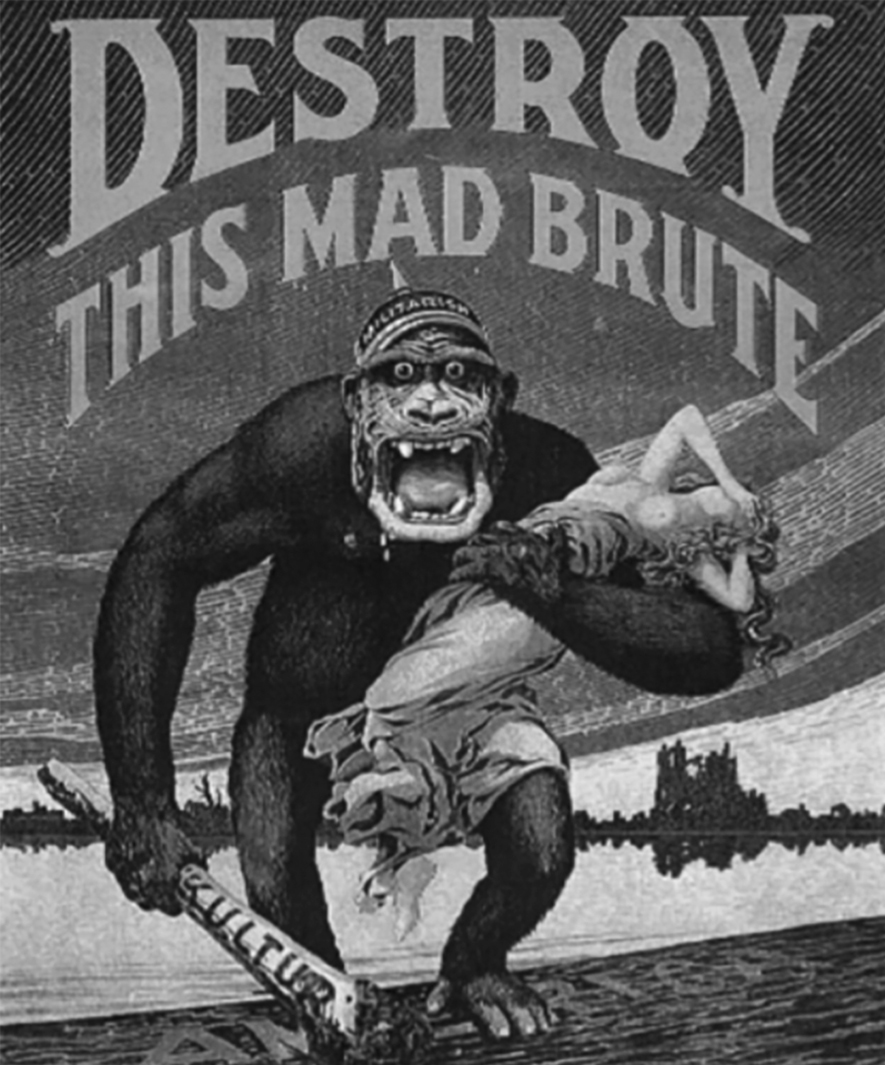
The purpose of this book is to explore the notion of racialism. Some people suggest that the first Black American president brought with him a post-racial society. It is obvious that that is not the reality. However, the nature of racial ideology has changed in our society. Yes, there are still ugly racists who push uglier racism, but there are also popular constructions of race routinely woven into mediated images and messages.
Next page
